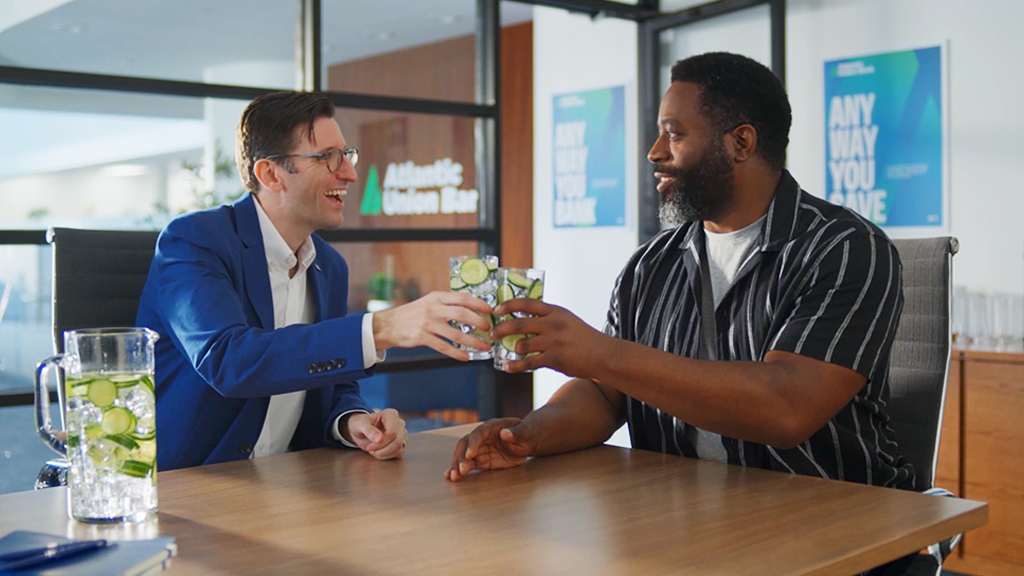
What We Can Learn From The CNN-Applebee's Controversy
By: Jacqui Hannigan
You can also read the original article on MediaPost.
Whether it’s picture-in-picture, squeeze back, pre-roll, social api feeds, or native ads (the list goes on), advertisers and media companies are trying to find ways to satisfy marketing and revenue needs in this ever-changing-non-commercial-watching world. It’s a challenge, to be sure, and sometimes the best laid plans go horribly wrong. That was certainly the case last week for CNN and Applebee’s.
Applebee’s paused advertising on CNN after the network ran picture-in-picture Applebee’s ads during its coverage of the Russia-Ukraine crisis. CNN was harshly criticized on social media “when it went from broadcasting air raid sirens in Ukraine to showing an upbeat picture-in-picture ad for the casual restaurant chain. At one point, the words “RUSSIA INVADES UKRAINE” from CNN’s coverage appeared next to a man in the ad dancing.
How could this happen? And what can brands do to make sure it doesn’t happen again when networks like CNN and others cover major breaking news stories?
I can’t assume exactly what went wrong—there are too many variables to take into consideration and it would be wrong to assign blame. However, I would guess that ongoing automation, speed to market, and shrinking teams on all sides were factors. Those are not excuses. Should CNN’s marketing team have sat down to discuss how to manage their advertising products in light of the horrible situation/invasion on Ukraine? Of course. And should Applebee’s marketing team hold CNN accountable? Absolutely!
However, relationships are also at play here. Keep in mind that marketers’ ad campaigns being associated with negative news is not new. Most often when this happens, the client or agency contacts the media outlet with an order to pause a campaign. Sometimes the media outlet acts proactively and takes it down itself. I’ve actually been in this very situation with CNN, and they were proactive, taking our client’s ad off the air. This happened because I worked closely with my sales reps and we had a strong relationship. They understood our client’s business.
The truth is that in the high-tech, digitally powered advertising marketplace we all live in, mistakes are going to happen. Innovation has a price, and the question we all need to answer is how do we keep up and maintain a safe media environment for our clients’ messaging, whether it’s delivered in linear or non-linear formats?
Agencies and advertisers cannot afford to be lulled into thinking that everything’s under control while high stakes innovation is taking place. While we’re all getting increasingly more comfortable with machine learning, programmatic buying, and overall automation, the CNN Applebee’s situation is a reminder that we need to develop as many safeguards as possible up front.
Here are a few suggestions on how agencies can achieve that goal.
-- Monitor the news and social media sentiment daily with the lens of what campaigns they currently have in-market and form a general blacklist policy of what outlets you will consistently avoid.
-- Stipulate all requirements during the RFP process and then again on the IO. The news category has always been more difficult for obvious reasons, requiring ongoing monitoring. For this reason, conduct kick-off calls with media partners to reiterate written documents.
-- Have one-on-one discussions with your media partners. Bring them into your strategy early. Through this process, both teams will generate ideas and identify potential pitfalls that otherwise wouldn’t have surfaced. Nuances that can’t be communicated in a written RFP will surface during one-on-one meetings.
-- Develop a back-up plan that can implemented on short notice.
-- Be agile without sacrificing strategic thinking.
-- Remember that as much as we want traditional and digital media to function in the same world, the fact remains that their day-to-day systems are different. Plan accordingly.
The programmatic approach, machine learning, staff shortages and more have left sellers and buyers struggling to think and act proactively in order to fend off potential mishaps like the Applebee’s/CNN contretemps. New technologies have created a false sense of security and there haven't been enough use cases to think about what this new world communication should look like.
I guarantee CNN is putting best practices in place, now. And yes, the situation requires close scrutiny and constructive criticism. But at the same time always remember that when innovation is in play, mistakes will be made.
News
Let's make some good.
Drop us a line



